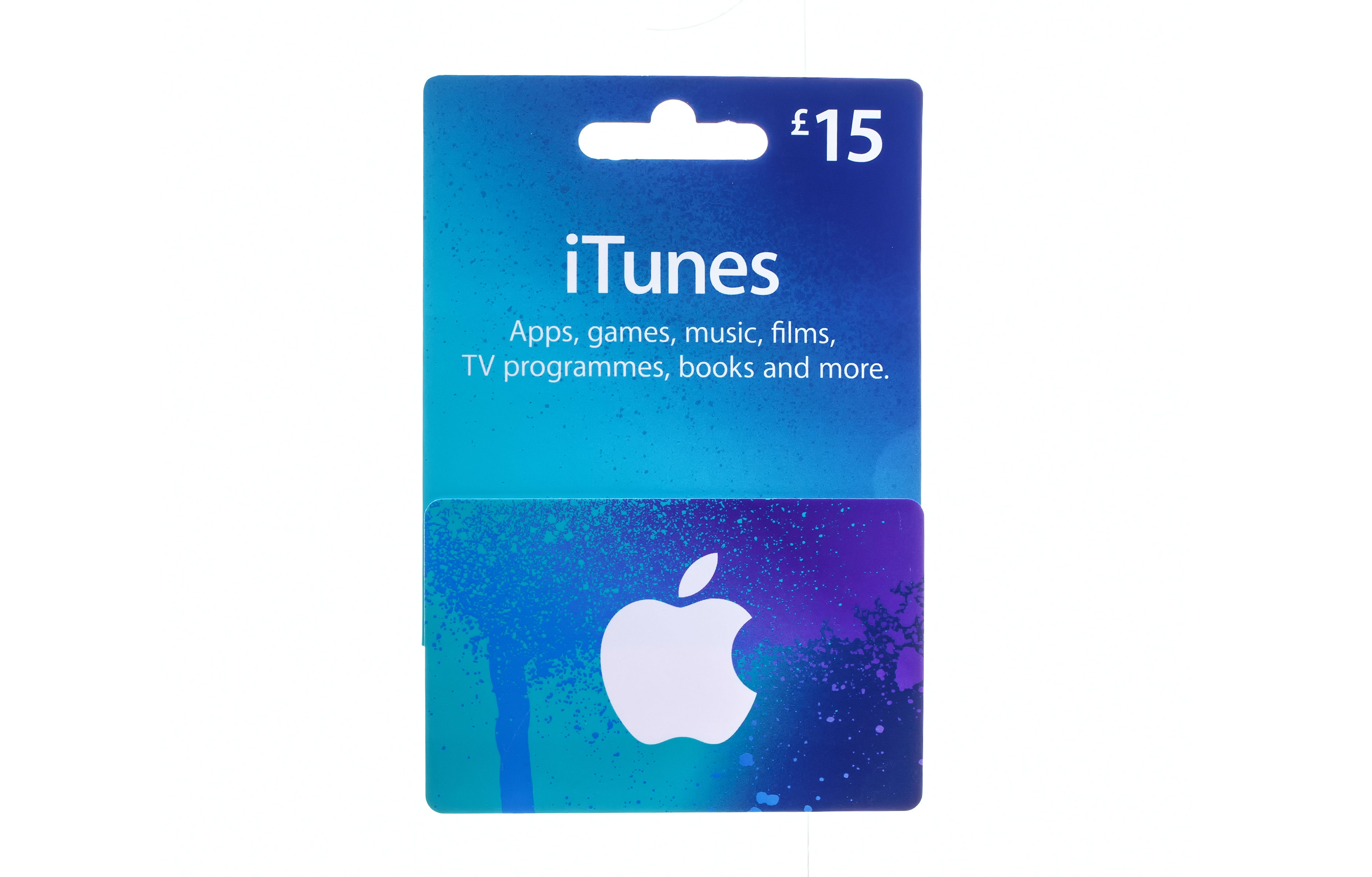


So, stay alert, and look for the warning signs! Moving forward, we’re going to give you a few more examples of Apple ID phishing scams so you know what type of content you should watch out for. You will never find in Apple’s invoices some shady links to click on in order to make some changes to a subscription or to cancel it.Īlso, pay attention to the fact that firstly, Apple purchases will never require information via e-mail and will not ask for Social Security Number, the credit card CVV, or payment info. However, there are other Apple ID fake receipts that may seem much more convincing, like this one: Error! Filename not specified.Īs a general rule, what makes it obvious that you can receive a fake invoice is the fact that an authentic receipt e-mail from Apple will know to precisely tell where your current billing address is. If the attached file is opened or if you click the link, most probably you will end up on a page where you will be asked to confirm your personal details, such as password, credit card details, address, etc. As a result, you may hurry into canceling the order, worried that your money has been taken. The purpose of this scam is to trick you into thinking a payment has been made using your credit card. In the subject line of this kind of e-mail, you will find included some phrases like “Receipt ID”, “Receipt Order”, or “Payment Statement”. You can make purchases in App Store, iTunes Store, iBooks Store, or Apple Music. Types of Apple ID Phishing Scams with Examples 1. In this article, we’re going to give you some examples so you get a sense of what they can look like and be better prepared against them. There are many forms of Apple ID phishing attempts out there. Your Apple ID is used to access iCloud, where you can store your photos and any types of files and the theft of these can lead to blackmailing and even sextortion.With the Apple ID, you can access your security settings, subscriptions, and in-app purchases associated with it.It includes your payment and shipping information for purchasing applications from the App Store and devices by logging in to.However, there is no specific data confirmed when the self-driving car project will be finalized. You use your Apple ID to log in to your Apple devices – think Mac, iPhone, iPad, iPod, Apple TV, and in the future you might even be using it for your Apple self-driving car, the iCar developed through project Titan, according to rumors.The reason is obvious – your Apple ID is your ticket to using anything Apple-related and stores a great deal of personal information. Why Are Scammers Trying to Steal Your Apple ID?
#Apple itunes scam email software#
Why is the threat so real? Think about the fact that you don’t even require an Apple device to access Apple-related software or services, such as iTunes, or log in to Apple’s official website so the number of people becoming victims is exponential. Today there are 1.5 billion active Apple devices, which require Apple IDs to gain access to Apple services like Apple Music, App Store, iCloud, FaceTime, iMessage, and others. In this article, we are going to take a closer look at phishing attempts involving Apple IDs. Disguised links sharing embedded in emails is one of the tactics that may trick you into providing sensitive data to cybercriminals. The concept of “phishing” stands for an advanced cyberattack form that embodies social engineering tactics. Apple ID phishing scams represent genuine danger nowadays.


 0 kommentar(er)
0 kommentar(er)
